I have an application that sends messages that are newline terminated over a TCP socket using TCPClient and it's underlying NetworkStream.
The data is streaming in at roughly 28k every 100ms from a realtime data stream for monitoring.
I've stripped out the irrelevant code, this is basically how we read the data:
TcpClient socket; // initialized elsewhere
byte[] bigbuffer = new byte[0x1000000];
socket.ReceiveBufferSize = 0x1000000;
NetworkStream ns = socket.GetStream();
int end = 0;
int sizeToRead = 0x1000000;
while (true)
{
bytesRead = ns.Read(bigbuffer, end, sizeToRead);
sizeToRead -= bytesRead;
end += bytesRead;
// check for newline in read buffer, and if found, slice it up, and return
// data for deserialization in another thread
// circular buffer
if (sizeToRead == 0)
{
sizeToRead = 0x1000000;
end = 0;
}
}
The symptom we were seeing, somewhat intermittently based on the amount of data we were sending back, is that there would be a 'lag' of records, where the data we're reading from the stream get progressively older and older versus what we are delivering (after a few minutes of streaming, the lag is in order of 10s of seconds), until eventually it all catches up in one big shot, and the cycle repeats.
We fixed it by maxing out sizeToRead, and (whether or not this is required, I'm not sure, but we did it anyway), removed the ReceiveBufferSize set on TcpClient and kept it at the default 8192 (changing just ReceiveBufferSize did not correct it).
int sizeForThisRead = sizeToRead > 8192 ? 8192 : sizeToRead;
bytesRead = ns.Read(bigBuffer, end, sizeForThisRead);
I thought maybe it was the interaction with nagle and delayed ack, but wireshark showed that data was coming in just fine based on the timestamps and looking into the data (which is timestamped, and the server and clients clocks are synchronized within a second).
We output logs after the ns.Read, and for sure the issue is at the Read call and not the deserialization code.
So what this leads me to believe is that if you set the TcpClient's ReceiveBufferSize really big, and in your Read call on it's underlying NetworkStream pass bytesToRead to be many more bytes than expected to arrive, there's a timeout going on at the Read call waiting for those bytes to arrive, but it still doesn't return everything in the stream? Each successive call in this loop is timing out, until the 1 meg buffer is full, after which when 'end' gets reset back to 0, it inhales everything that's left in the stream causing it all to catch up - but it shouldn't do that because the logic, to me, looks like it should empty the stream completely on the next iteration (because the next sizeToRead will still be > data available in the buffer).
Or maybe it's something I'm not thinking about that I can't synthesize - but perhaps those clever souls here may think of something.
Or maybe this is expected behaviour - if so, why?
